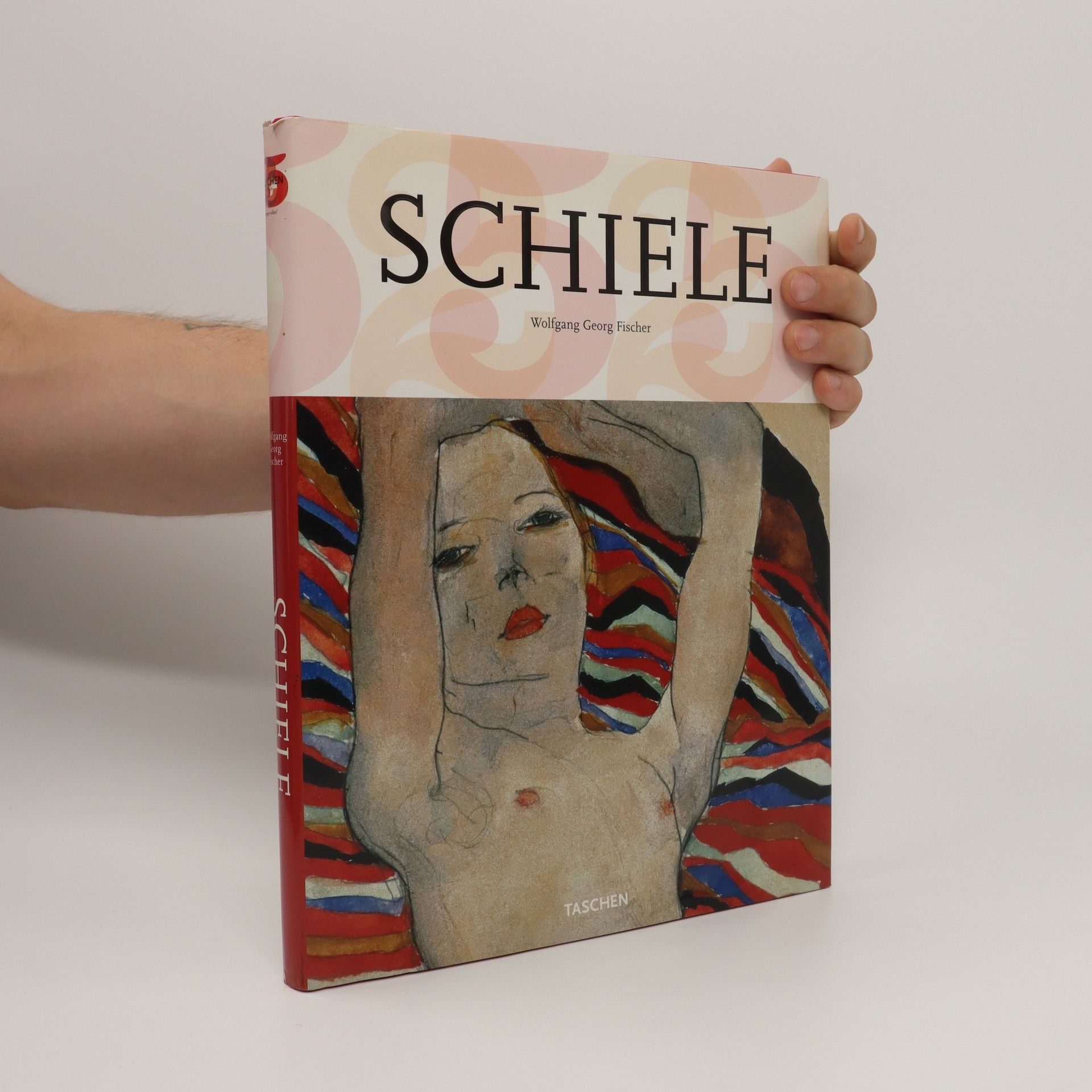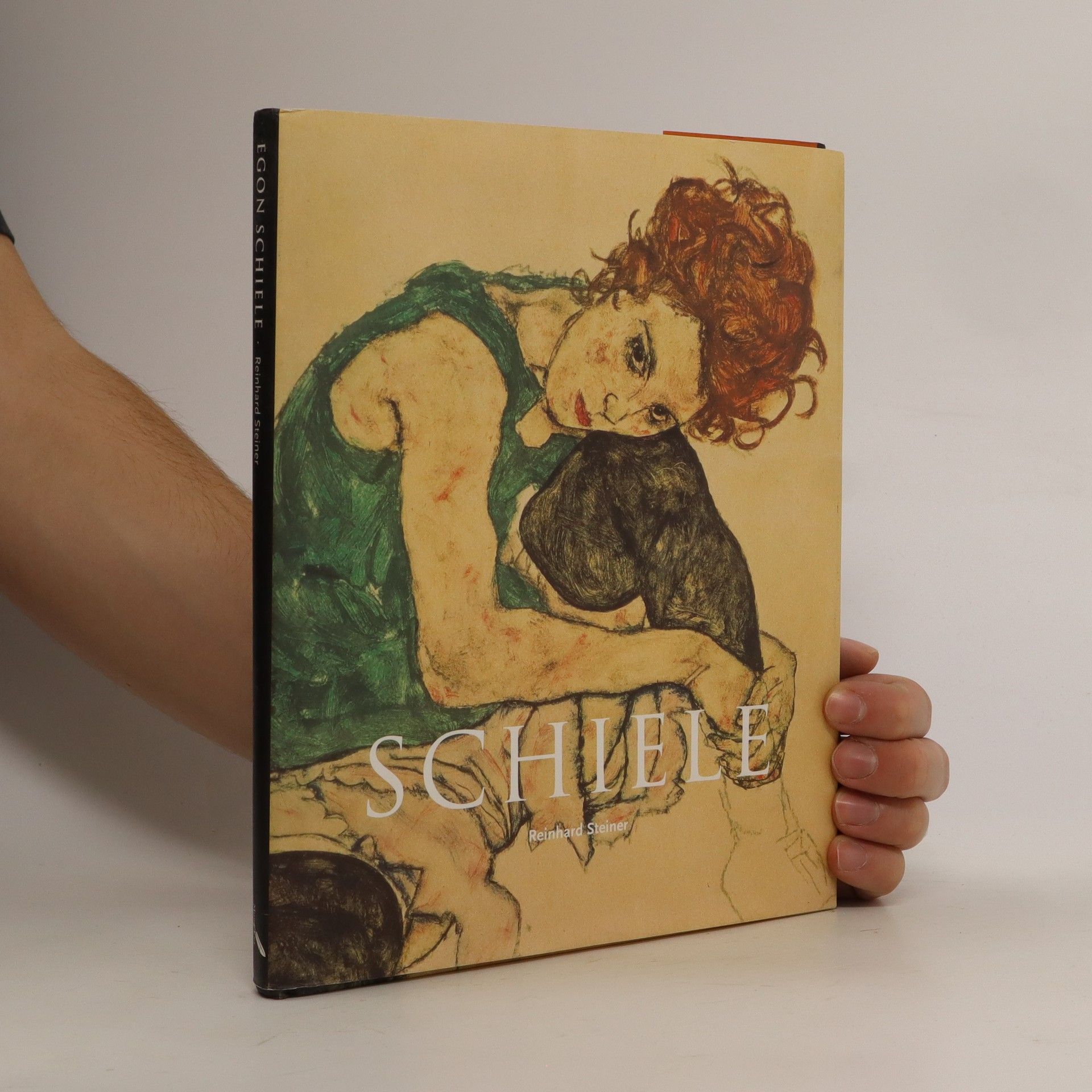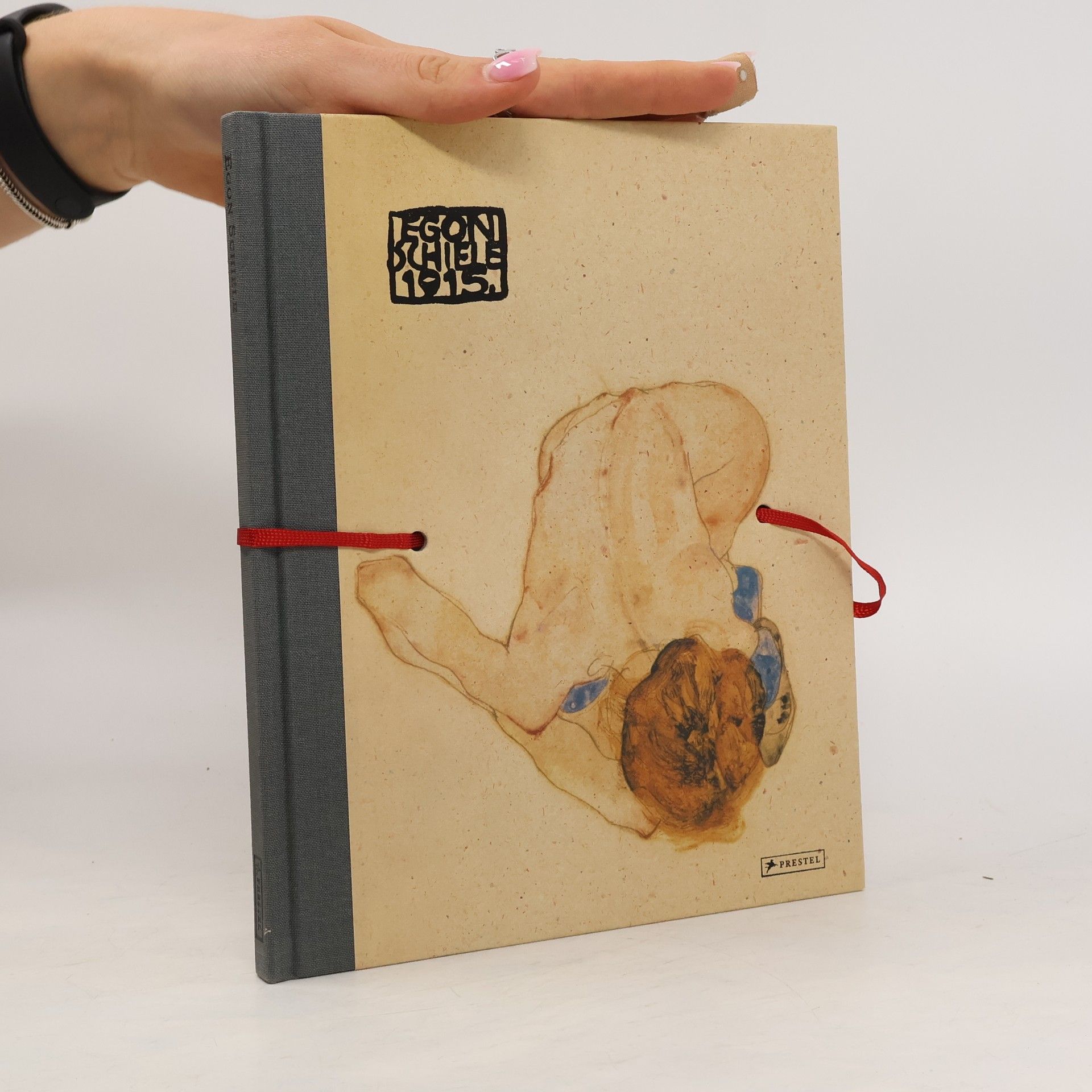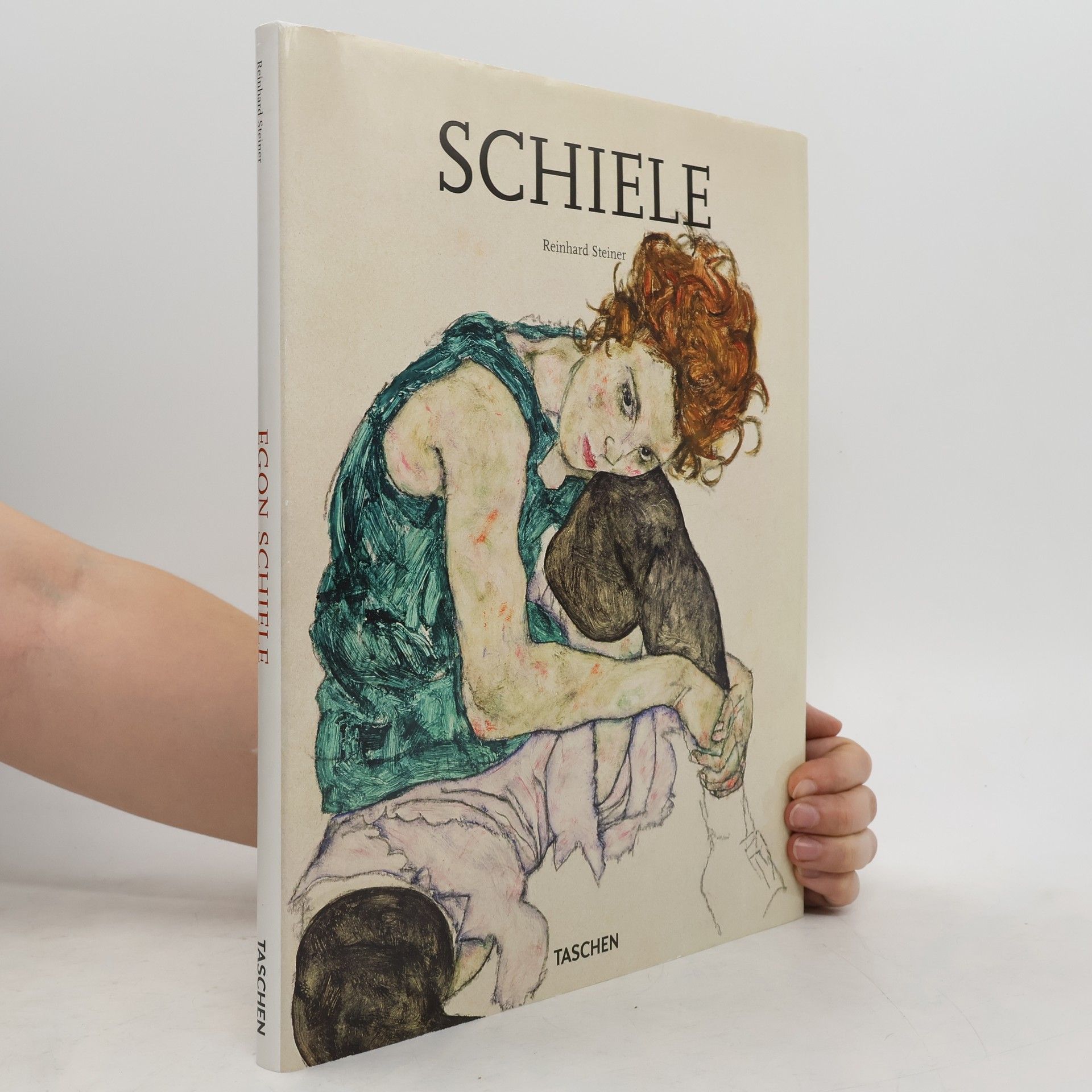Egon Schiele and his contemporaries
- 295bladzijden
- 11 uur lezen
Egon Schiele was een belangrijke Oostenrijkse schilder en een vooraanstaand figuratief kunstenaar van het begin van de 20e eeuw. Als leerling van Gustav Klimt onderscheidt Schieles oeuvre zich door zijn rauwe intensiteit en een grote hoeveelheid zelfportretten. Zijn expressieve stijl, gekenmerkt door vervormde lichaamsvormen, vestigde hem als een opmerkelijke exponent van het Expressionisme, met een blijvende impact op de kunstwereld.






Expressive nudes, strange movements Egon Schiele (1890-1918) is the painter who had the most long-lasting influence on the Vienna art scene after the great era of Klimt came to a close. After a short flirtation with the style of Klimt, his mentor, Schiele soon questioned the aesthetic orientation to the beautiful surface of the Viennese Art Nouveau with his rough and not easily accessible paintings. Many contemporaries found Schiele's expressive nudes and self-portraits, with their strange movements and morbid colours, to be ugly and even morally objectionable—criticism which culminated in criminalizing the painter as 'obscene' and resulted in 1912 in an indictment and short jail sentence. However, not even his harshest critics could dispute the artist's extraordinary drawing talent. This book gives a concise overview of the brief, brilliant career of Egon Schiele.
1912 wurde Egon Schiele - er war damals 22 Jahre alt - wegen Kindesmissbrauchs und Verbreitung von Pornografie angeklagt. Im Laufe des Prozesses verbrannte der Richter - der sich selbst einen „großen Freund der Kunst“ nannte - eine Aktzeichnung des jungen Künstlers, der Skandal war perfekt. Seit der Barockzeit gab es in der europäischen Kunst immer wieder erotische Darstellungen, die zunächst ausschließlich für den privaten Bereich gedacht waren. Erst im 20. Jahrhundert wurden solche Bilder öffentlich gezeigt, was zunächst - wie im Fall Schiele - noch auf große Empörung stieß. Dieses Buch zeigt die schönsten dieser Zeichnungen und Aquarelle in einer Buchform, die dem ursprünglichen Skizzenbuch des Künstlers sehr nahe kommt.
One of the most famous Expressionist artists of early-20th-century Vienna, Egon Schiele (1890–1918) evolved a highly personal art, strongly influenced by Art Nouveau. Focusing on the emotional state and hidden personality of his subjects, Schiele produced works that are not only models of psychological penetration but evidence of great technical mastery as well, notably in their impeccable line and superb composition.This volume contains 44 of his finest portraits, character studies, nudes, and more, all embodying the distinctive, angular expressivity that characterizes Schiele's art. Now these superb works are available in this inexpensive format, painstakingly reproduced to capture every nuance of line, shading, positions, and expression.
""Hindering the artist is a crime,"" wrote Egon Schiele in 1912. At the time he was in prison for disseminating immoral drawings. Throughout his work the note of defiance, provocation, and rebellion was sounded. Schiele's favorite subjects were female nudes and self-portraits, and he worked at his art with furious commitment, though it was not until shortly before his early death that he began to win real recognition. Today, with Oskar Kokoschka, he is seen as the most important of the Austrian artists who came after Klimt. This study examines the life and work of Egon Schiele through all the major oil paintings and many of his erotic drawings.
Egon Schiele is considered by many to be the greatest draftsman of the 20th Century. The undeniable fact, however, that a considerable share of his work is of an explicitly erotic nature has blinded many people to his remarkable ability, so much that he is primarily known as an Austrian Expressionist artist of the erotic. Schiele's full artistic flowering lasted only a little over 10 years. He was cut down at the cruelly early age of 28, just as he was about to truly embrace his talent and take it to another level. Schiele's greatest early influence was the work of his older compatriot Gustav Klimt. His preferred medium was gouache, pencil, and watercolour on coarse-grained, sometimes coloured, paper. His oil paintings are relatively few in number. Because he died so young- aged only 28- art historians can only speculate where Schiele's more mature talent would have taken him if he had lived to middle, and even old, age.
Nun in aktualisierter Neuauflage erhältlich, beleuchtet diese Sammlung an Landschaftsbildern und -zeichnungen von Egon Schiele einen bislang nur wenig beachteten Aspekt aus dem Gesamtwerk des berühmten Malers. Bekannt ist Schiele in erster Linie für seine Porträt- und Aktdarstellungen, jedoch widmete er sich ebenso der Landschafts- und Naturmalerei sowie szenischen Darstellungen des alltäglichen Lebens. Zahlreiche Landschaftsbilder und Stadtansichten seines langjährigen Wohnortes Wien nehmen einen beachtlichen Teil seines Gesamtwerkes ein. In diesem Buch werden rund hundert hochwertig reproduzierte Landschaftsdarstellungen und Stadtszenen des Künstlers abgebildet, ergänzt durch zahlreiche Fotos der Originalschauplätze. Dieses Buch belegt eindrucksvoll, dass sich Schieles Können nicht nur auf die radikale, zum Teil provozierende Wiedergabe des menschlichen Körpers beschränkte. Es eröffnet dem Leser zugleich einen Zugang zu Themen, die sein gesamtes Werk durchziehen. Schieles Landschaftsbilder zählen zweifellos zu seinen bedeutsamsten Werken und liefern zudem einen wertvollen Beitrag zur europäischen Landschaftsmalerei.
Although Austrian art stood in the international limelight during the last two decades before the First World War and took on renewed significance after 1945, the period between the wars has remained largely unknown - and with it the history of the drawing in Austria.The period which ended with Austria's political eradication and the inner and outward emigration of its artists witnessed a great variety of tendencies and the appearance of numerous significant artists, many of whom were prevented from developing their talents. This diversity of movements and personalities contributed to the formation of a complex and often contradictory stylistic image of the era. The spectrum of artistic approaches encompasses Constructivist positions, articulations of literary fantasy, echoes of fin de siecle and its characteristic eroticism, Austrian variations on the New Objectivity and Expressionist tendencies.This volume underscores the great significance of the drawing in the work of Austrian artists during the interim between World Wars. Aside from calling attention to undeservedly forgotten and neglected artists within the context of an overview of the period, this volume also endeavors to fill a blank space on the map of art with visible points of reference and to present materials from previously inaccessible private holdings and little-known public collections for the first time.